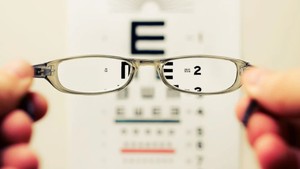
World Sight Day
Taking place on the second Thursday in October every year.
Raising awareness about the problems, prevention and treatment of blindness.
About the event
World Sight Day is an annual day of awareness to focus global attention on blindness and vision impairment. Approximately 285 million people worldwide live with low vision and blindness And 90% of blind people live in low-income countries. Despite these figures 80% of visual impairment is avoidable - i.e. readily treatable and/or preventable. This is a day to call for greater global access to eye care and to an end to an avoidable global issue.
How to approach it
This day provides an interesting opportunity to reveal the connections between public health and wider social issues. Although sight issues occur in every part of the world, they are easily treated and the risk of blindness can be significantly reduced given the appropriate funding for medical interventions. With this information we can reveal to students that global and regional inequality doesn’t just affect people’s ability to pay for things like food and housing- it affects their health too.
Ask students: when communities and people have less money, what kinds of things do they miss out on? Expect common answers such as food, clothes, toys etc. Suggest that healthcare is also a thing lower income countries and regions may struggle to provide. Next, ask: so when we make efforts to reduce inequality what things begin to get better? Through this we can show that greater access to resources improves a whole host of things, health included. Finally, you can suggest that although the world appears to have lots of unconnected problems, often the appropriate solutions solve many interconnected issues at once. Reducing poverty and inequality does exactly that, improving wellbeing, health, social mobility and access to amenities.
Conversation starter
How is blindness related to hunger? This might seem like a complicated question, but sometimes, if we think about how things are connected, we can find a simple answer. Both of these things are linked to poverty and inequality. Just as someone might not be able to afford food, they may also lack access to doctors who will look after your eyes. If we reduce inequality and tackle poverty, both of these issues (and many more) will be significantly improved. Can you think of another example of two problems that can be solved with one solution?

